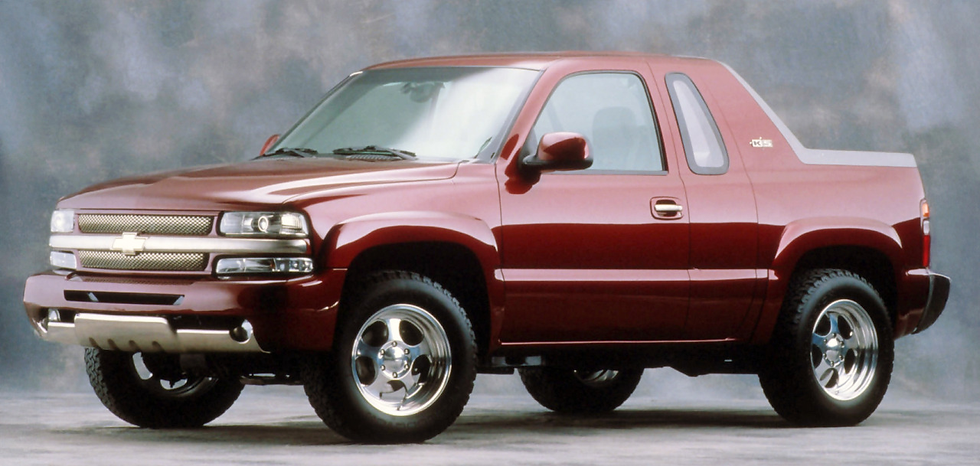2005 Kia KCD-II Mesa Concept
- Story Cars
.png/v1/fill/w_320,h_320/file.jpg)
- May 14
- 2 min read
The 2005 Kia KCD-II Mesa Concept exemplifies the rapid and deliberate progress of the Korean automotive industry, especially in breaking into highly competitive markets with compelling design and practical engineering. Developed in Kia’s California design studio—hence the name Kia California Design (KCD)—and named after the city of Mesa, Arizona, the concept SUV was revealed at the Detroit Auto Show as a bold statement of Kia’s growing ambitions. The Mesa was conceived not just as a rugged off-roader but as a stylish and versatile vehicle suitable for everyday use, reflecting the kind of dual-purpose appeal increasingly demanded by modern consumers.
The Mesa’s design clearly draws from military aesthetics, a deliberate nod to Kia’s legacy in producing military-grade vehicles. The vehicle's silhouette, with its blocky, angular proportions, aggressive front fascia, and solid stance, evokes the feel of a futuristic armored unit, yet it has been refined enough to fit comfortably in urban environments. This duality—intimidating yet approachable—is key to the concept’s visual impact. The designers insisted that despite its bold styling, the Mesa was intended to be as suitable for daily commuting and family outings as it was for light off-road excursions.
Inside, the Mesa offers practicality wrapped in a futuristic package. The cabin is configured with three rows of seating, featuring two contoured bucket seats per row, offering both comfort and individual space. Rear passengers benefit from a multimedia system, and the all-glass roof composed of two longitudinal glass sections bathes the interior in natural light, preventing the cabin from feeling too enclosed despite its high beltline. The sense of safety and security is enhanced by this high window line, while the interior design focuses on flexibility and comfort for young, active families.
Underneath, the Mesa doesn’t stray far from Kia’s existing engineering base. Its chassis borrows heavily from the production Sorento, including an independent front suspension and solid rear axle. The engine is also a carryover: a 3.5-liter V6 producing 195 horsepower. While not groundbreaking, this drivetrain suits the vehicle’s intended purpose well. The default rear-wheel-drive setup automatically adjusts to a balanced 50:50 torque split between the front and rear axles when slippage is detected, enhancing traction without the need for manual intervention. Although the Mesa boasts generous ground clearance and short overhangs for respectable approach and departure angles, it lacks more hardcore off-road features like locking differentials or a low-range transfer case, suggesting its rugged image is more lifestyle-oriented than extreme.
One of the more striking features is the lighting system, with all illumination—headlights, taillights, and fog lamps—implemented using LCD technology, which was advanced for the time. Adding to its futuristic flair, a robust auxiliary spotlight is mounted above the windshield for added visibility in adverse conditions or off-road night driving.
Though the Mesa was never intended for production, and indeed Kia admitted as much, it served its purpose as a showcase of design direction and technological exploration. Elements of its design language and interior versatility were clearly meant to influence future models, and the vehicle effectively captured public attention, especially among SUV enthusiasts. In many ways, the Mesa reflects the confidence and maturity Kia had begun to project by the mid-2000s—a company no longer content to follow trends but actively shaping them through innovation and bold styling.


































Comments